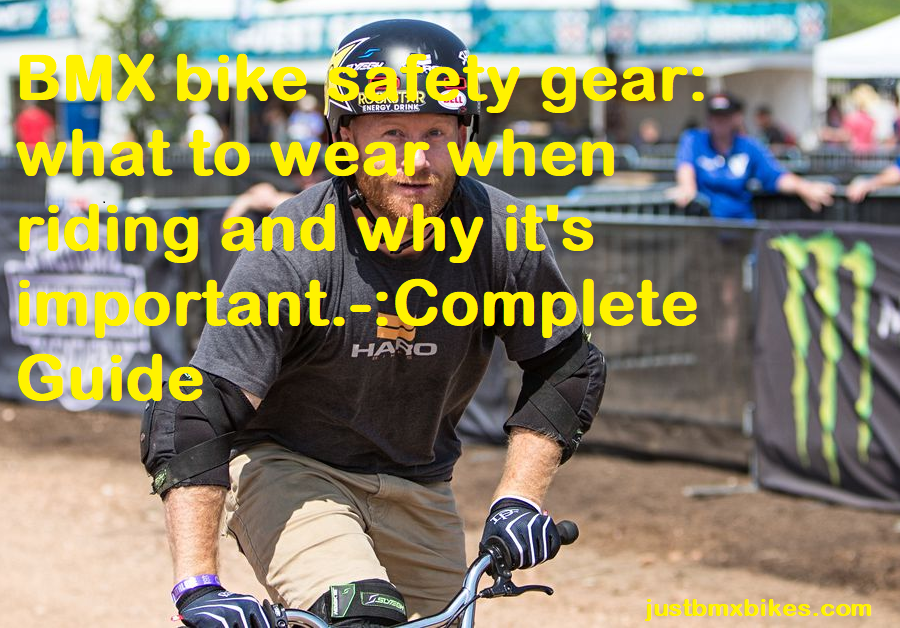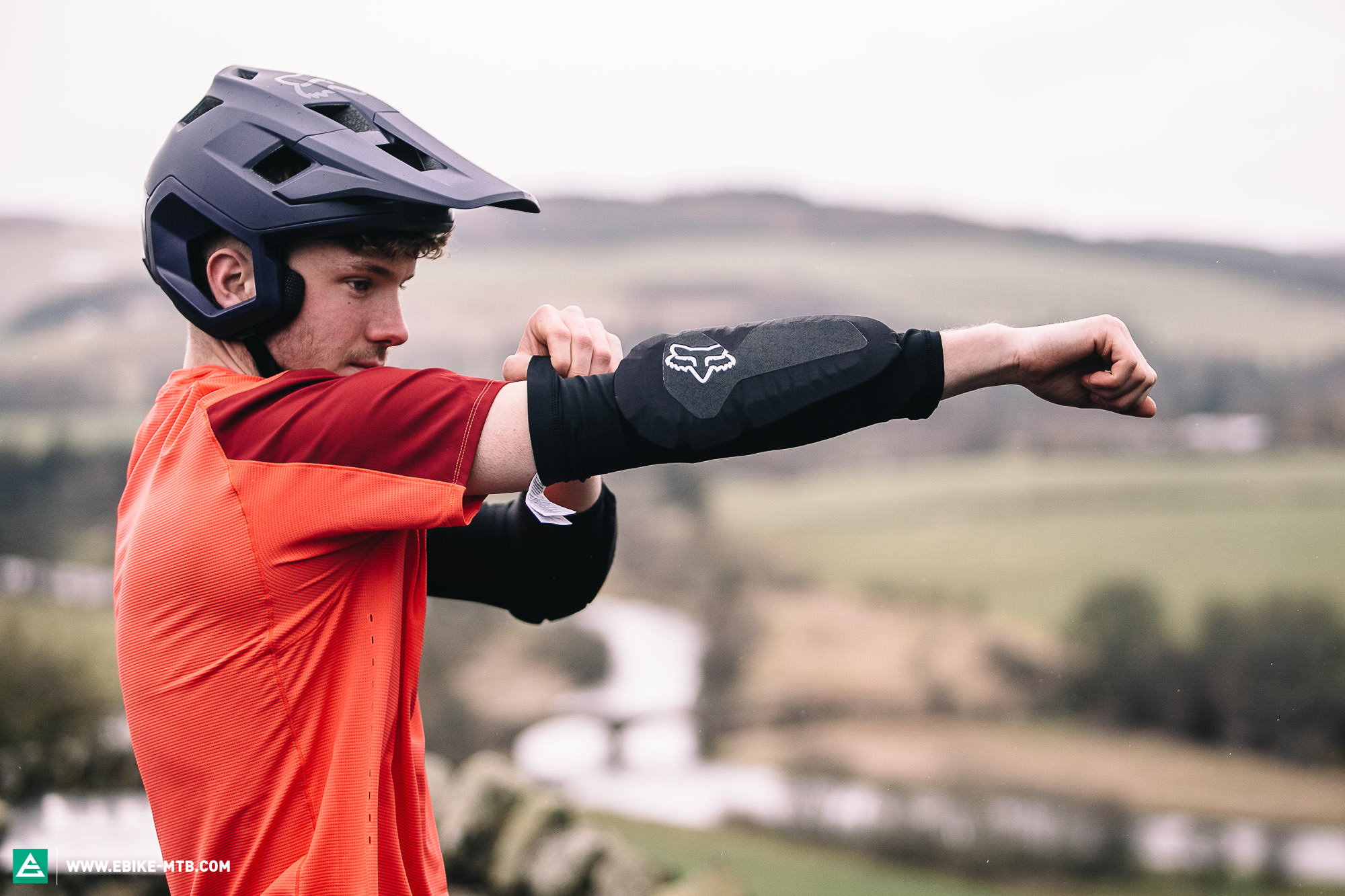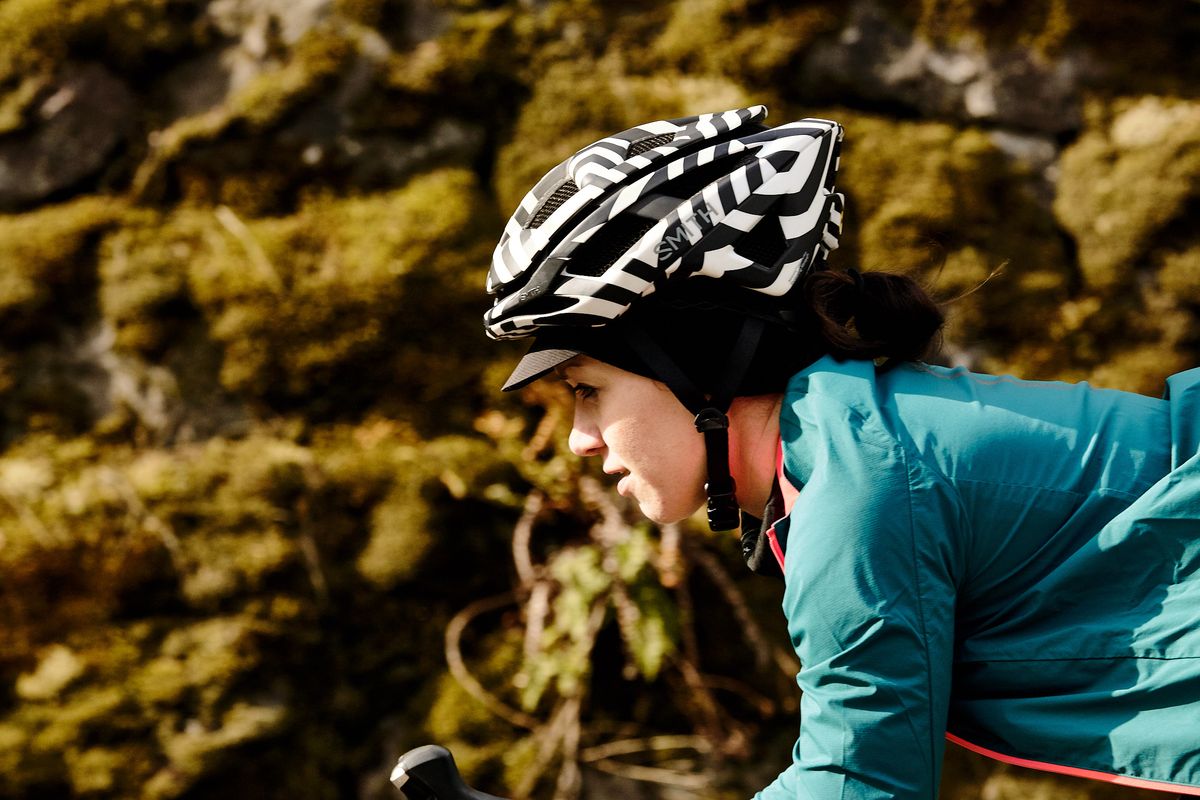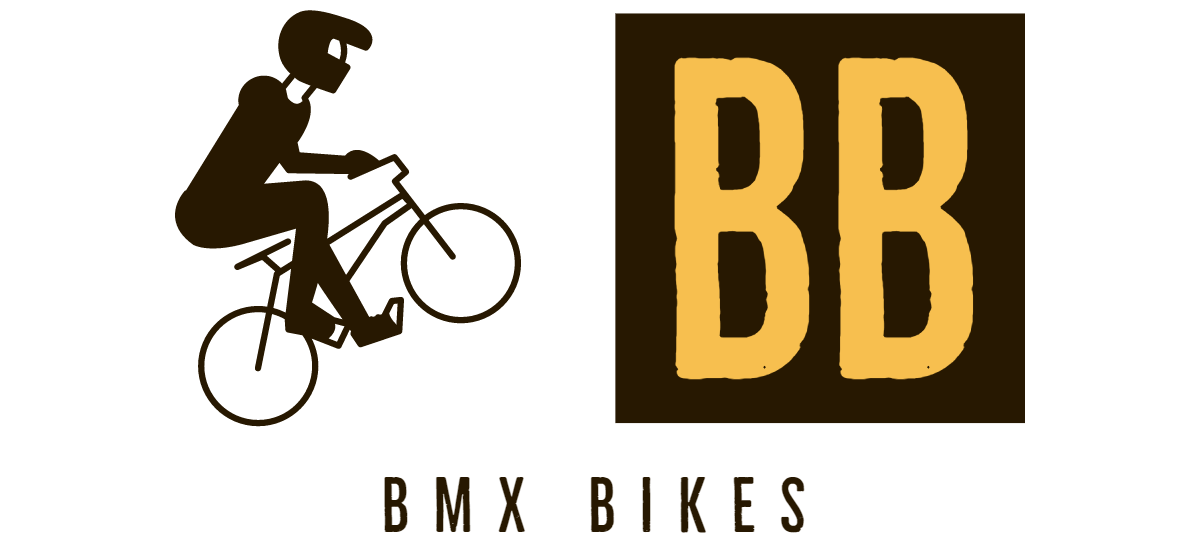Are you a BMX enthusiast looking to hit the trails? You need to protect yourself with essential safety gear.
This guide will cover all the important BMX safety gear you need to wear, and why it’s vital for your safety. Don’t risk getting injured – get the right gear and ride safely!
The safety of anyone who participates in BMX biking is of the utmost importance, whether they are a beginner or a professional. Wearing the right protective gear not only protects your body from serious injury, but also shows respect for yourself and those around you. In this guide, we’ll discuss what safety gear to wear while riding and why it’s important to wear it.
First and foremost, every rider should have on their person a helmet whenever they operate their bike. Helmets are designed to absorb impact from falls and lessen the degree of injury sustained from head trauma caused by falling onto hard surfaces. A helmet should fit snugly around your head with no room for movement or shifting about when running your hands along the sides and back of the helmet. Always purchase a certified helmet that meets or exceeds U.S standards for cycling helmets as set by The Snell Memorial Foundation or The American Society for Testing & Materials (ASTM).
In addition to a helmet, padding such as elbow pads and knee pads is just as essential during BMX biking as it provides additional cushioning while reducing cuts, scrapes and bruises due to contact with rocks, stones, gravel or other rough surfaces. Pads are durable enough to be worn over several rides so be sure to check them often for any loose material or breaks in seams that can compromise their overall supportiveness of protecting you during difficult terraine experiences. Many brands offer youth sizes so make sure that your child has properly fitting pads for their journey into new speeds!

Explanation of what BMX bikes are
BMX stands for Bicycle Motocross and is a type of cycling where riders perform stunts on specially built BMX bike courses. It is performed both on dirt tracks as well as skate parks and can even involve street riding. BMX bikes are designed to be more durable than regular bicycles, with a more compact frame, thicker tires and stronger components to help withstand the impact of jumping over obstacles or performing other tricks.
Safety is extremely important for BMX riders, given the level of risk associated with the sport. Riders must wear safety gear including knee pads, elbow pads, a full-face helmet, long pants and closed-toe shoes. This equipment protects the rider’s body from injury in case they take a fall while doing stunts or during an intense race. The face mask on a helmet should provide adequate space for the rider’s vision so that they can easily maneuver their bike without any problems. Additionally, riders should always inspect their bike before riding and make sure wheels are properly tightened to prevent accidents due to loose parts or rattling components while in motion.
Importance of safety gear when riding a BMX bike
Determining the proper, protective clothing and accessories to wear while riding a BMX bike can greatly reduce injuries. A complete set of protective gear is necessary for any type of biking, but particularly for more extreme disciplines like BMX. Wearing the right clothing and accessories could mean the difference between minor scrapes and serious injury. Here are some of the most essential safety gear you need when riding a BMX bike:
-Helmet: Always wear a helmet when riding any type of bike. The safety guidelines state that riders should not ride without one; it is considered essential safety equipment for BMX riders, too. It doesn’t matter if you’re doing flatland tricks or jumping off ramps–you should always wear a helmet! Helmets are designed to absorb shocks to help save your brain from damage if you lose control and crash.
-Knee pads/Elbow pads: These help provide an extra level of protection in case you fall off your bike or make an unexpected jump onto pavement or hard ground. Knee pads made specifically for BMX riding are designed to be lightweight yet provide maximum coverage and padding for elbows and knees during falls, as well as offering extra slide protection in case of emergency bailouts from tricks.
-Gloves with padded palm: Gloves provide extra grip on handlebars which increases control and helps minimize blisters from long rides. They also help protect hands in the event of unintentional bumps along the trail or while performing tricks such as no handers or tailwhips. Make sure they fit comfortably but snugly because loose-fitting gloves can cause injuries due to lack of control over handlebars or other parts of your bike
-Eye protection: Can be either goggles or eyeglasses with lenses suitable for dusty trails or bright sunny days respectively, depending on where you are riding. Protective eyewear is important both indoors and outdoors so choose something that provides comfort while still protecting your eyes from debris kicked up by other riders. When purchasing sunglasses, look for those with 100% UV protection lenses which will block out UV rays that may be potentially harmful to vision health over time .
Purpose of the guide
This guide is designed to help riders of all ages and experience levels adopt safe riding practices while sailing their BMX bike. It is structured in such a way as to maximize safety and minimize potential injuries. The guide will explain why certain protective gear should be worn, the types of protection available, where to purchase appropriate items and tips on buying the right gear for a rider’s needs.
The goal of this guide is simple: To provide riders with the proper information so that they can make educated decisions about what gear best suits their needs and engage in responsible ride practices. Having an understanding of how best to protect one’s self when riding not only improves still experience but also helps ensure that injuries don’t occur in the first place. With that said, let’s move on to discussing exactly what kind of protective gear you may need for BMX biking.
Benefits of Wearing BMX Bike Safety Gear
It can be easy to forget that—regardless of what you’re riding—safety is of the utmost importance. Wearing the right safety gear, such as a helmet and other protective clothing, can go a long way in minimizing the risk of serious injury while BMXing.
Safety Gear for BMX Biking: Investing in a high-quality helmet, elbow and knee pads is essential for any kind of rigorous biking without endangering your own safety or that of others on the track. Not to mention, suspension systems boast superior shock absorption features which help protect your body from impact.
Helmets: Wearing a quality helmet that fits correctly and meets relevant standards is paramount when it comes to bike safety and protection against head injuries. Helmets should also be regularly inspected to check for wear and tear—amendments should be made accordingly. There are several types of helmets available, depending on your needs and riding style; full face helmets provide full coverage across the head whereas open face helmets provide more ventilation but less protection in the event of an accident or crash.
Elbow & Knee Pads: Elbow pads, knee pads, wrist guards & shin guards must be worn at all times when participating in BMX events or activities that involve jumping or stunts – these greatly reduce risks related to serious harm sustained during contact with obstacles or careening down ramps/rails etc. Investing in lightweight breathable knee pads especially helps prevent scrapes due to falls upon hard surfaces whilst still providing protection for underlying joints during high speed motion or intense physical activity.
Gloves: Gloves are not only useful for keeping hands warm during winter months but they also offer extra cushioning allowing you to grip onto bars firmly while riding, jump wider gaps and perform tricks more confidently; by doing so decreasing vulnerability in the event of an unforeseen crash! As well as this gloves will protect your hands against calluses caused by direct contact with bicycle grip tape as well as preventing infection resulting from a minor wound (caused by scrapes/cuts).
Protection from head injuries
Head injuries can be some of the most serious and life altering injuries that can occur while riding a BMX bike, so it’s important to take steps to protect yourself. A helmet is essential for this purpose, as it will help absorb some of the shock if you fall off your bike and hit your head.
Make sure that you choose a quality BMX helmet that is designed for shock absorption and fits properly – snugly but not too tight on your head. It should also have full coverage to protect all areas from potential damage.
For added protection, consider wearing a neck brace in conjunction with your helmet – neck braces provide impact protection for more than just the head area.

Protection from abrasions and cuts
When riding a BMX bike, the proper protection and gear is essential to reduce the risk of severe injuries. Abrasions and cuts are common consequences of falls, so wearing appropriate safety gear is especially important.
For adult riders, a properly fitted full-face helmet should be worn at all times when riding. Full-face helmets provide higher levels of protection than open-face or half shells due to the extra coverage provided to the head. Additionally, protective eyewear can help prevent eye trauma resulting from any foreign objects that may be encountered on the course.
Other protective body gear such as elbow pads, knee pads and gloves can also be worn for added protection from minor abrasions in the event of a fall or crash. Knee pads should fit comfortably but snugly around your knees without hindering their mobility. Elbow pads should have plenty of room for movement but also hug your elbow securely enough to prevent slippage during a crash. The right pair of gloves should allow plenty of room for dexterity and fit securely around each finger (even when wet). In addition to providing extra padding against abrasions, they may also offer shock-absorption if they are made with thicker padding materials.
Protection from broken bones
When it comes to BMX biking and any other type of riding, it’s important to wear the right protective gear. Protective gear can greatly reduce the risk of broken bones, which is a very real and potentially dangerous consequence of taking part in this type of sport.
When it comes to preventing broken bones, there are several pieces of safety gear that are essential. The most important piece is a full-face helmet; this should be worn at all times while riding. Full-face helmets provide better coverage around the head, neck, and jaw than standard helmets do, which helps to reduce the potential risk of catastrophic head trauma or neck injuries in high-action activities such as BMX biking.
In addition to a full-face helmet, it’s important to wear protective apparel such as elbow pads and knee pads to lessen the impact if you fall off your bike at any point. It’s recommended that you also use wrist guards for protection from sprains or broken wrists should you lose control and put your hands out during a crash. Goggles or sunglasses will help keep dirt out of your eyes when riding through rocky terrain. Finally, gloves are essential for providing an extra layer of protection from skinned knuckles or finger abrasions if you come into contact with the ground or another rider’s bike during a race or other competition.
Enhanced performance and confidence
The right safety gear not only helps to keep you safe and protected, but it can also help enhance your overall performance. Whether you’re a rustic rider, a technical street smoker, or a hardcore place killer—safety gear can give you the extra confidence to be able to focus on your tricks and take fewer falls while doing so. For example, full-face helmets provide more protection than traditional open-faced helmets, allowing riders to branch out and gain experience in areas they never would have dared going before.
Pads can make or break how you progress in your bmx tricks; if you don’t invest in good-quality body armor, safety won’t be as effective and free runs are much more likely to end with an injury rather than a successful trick completion.
At the same time, enhanced confidence can also help you level up quickly when progressing on your bike; for example — during manual combinations or quick transitions between barspins or tailwhips — having the proper protection gives the rider that confidence boost they need to progress quickly and securely on their BMX bike.
III. Factors to Consider When Choosing BMX Bike Safety Gear
When selecting BMX bike safety gear, there are several factors you should consider. The first and most important factor is the type of terrain you will be riding on. Your choice of safety gear should be based on the types of conditions you are likely to encounter during your ride.
The second factor to consider is your specific riding style. Different riding styles require different levels of protection, whether it’s full coverage or more minimalistic options such as elbow and knee pads. It’s important to know what type of rider you are and select the right BMX safety gear accordingly.
Other factors that should be taken into account include your budget and size requirements. You want to make sure that the gear fits properly, ensuring that it provides maximum protection while still being comfortable. Finally, you’ll want to look for any certifications or labels which indicate that the safety equipment meets certain industry standards in terms of quality, construction and design.
Size and fit
When it comes to BMX bike safety gear, size and fit are critical. The right size equipment will not only provide optimal protection but will also make it easier to get the most out of your biking experience. Here’s what to look for:
Helmet – Helmets should fit comfortably and securely with a snug band on the crown of the head that is adjustable with straps under the chin; adults may additionally want a chin guard. Helmets come in various sizes, so it’s important to measure or try different models until you select the perfect fit for your head shape and size.
Padding – Padding should be flexible enough to allow for a complete range of motion but thick enough to provide adequate protection; opt for foam or neoprene padding over lightweight plastic armor when selecting knee, elbow, ankle and wrist guards. Also look for breathable materials such as mesh-covered foam or perforated leather reinforced with Kevlar in key impact areas like shoulders.
Apparel – Loose-fitting garments made from fabrics such as Kevlar can offer freer movement while providing greater durability than traditional fabrics; they won’t get caught up in moving parts or snag on objects during rides as easily as other fabrics. Make sure any protective clothing you purchase is properly fitted and doesn’t inhibit your movements too much––keep it snug without being constricting.

Material
When selecting equipment for BMX riding, it is important to look for materials that provide high levels of protection, durability and comfort. Typically, the most popular material choices when choosing BMX safety gear include:
-Leather: Leather is an extremely durable and safe material. When incorporated into protective gear, its breathable material keeps air flowing while still providing a secure fit that helps with impact absorption. Leather also helps reduce the likelihood of injuries on the track due to its flexibility and non-slip features.
-Synthetic textile blends: These fabrics are usually made out of a combination of aramid fibers (such as Kevlar® or Twaron®) and polymer plastics (such as polypropylene). Synthetic textiles are designed to be lightweight yet resistant to help protect against abrasions and shock from impacts. They are also often treated with water-resistant finishes, making them more suitable for outdoor conditions like rain or mud.
-Rubber: Rubber is often used in knee and elbow pads because it can help absorb shock from impact without becoming too brittle over time. It also offers an excellent level of grip on surfaces like wood or concrete which can help you land tricks easily without sliding off balance.
Conclusion
To conclude, any BMX rider engaging in high-speed and technical riding should wear the relevant safety gear to help reduce their risk of injury if they come off their bike. The type and level of protection required can vary depending on the discipline that is being ridden, though some forms of protection are recommended at all times, such as a helmet and gloves. It’s important that riders understand why it’s important to wear safety gear, so that they can make an informed decision about what’s appropriate for them and the type of riding they do.
Ultimately, wearing BMX bike safety gear is all about common sense. Taking time to think about which protective apparel best suits your own needs will help ensure you have maximum protection when encountering hazards on the trails or jumps. This not only makes it much more likely you won’t be injured in an accident — but it also gives you more confidence when pushing your limits out on the track or dirt jumps.
FAQ’s
What protection do BMX riders wear?
BMX riders wear various types of protective gear to ensure their safety while riding.
What gear do you need to ride BMX?
To ride BMX, you need a BMX bike, appropriate footwear, helmet, gloves, and other protective gear like knee and elbow pads.
What should bike riders wear for their safety?
Bike riders should wear helmets, appropriate footwear, and other protective gear like gloves and pads to ensure their safety.
What is the best protection for BMX?
The best protection for BMX riders includes a helmet, gloves, knee and elbow pads, and appropriate footwear.
Why do BMX riders wear gloves?
BMX riders wear gloves to protect their hands from injuries and blisters, as well as to improve their grip on the handlebars.
What is the most important part of a BMX bike?
The most important part of a BMX bike is the frame, as it provides the structure and support for the entire bike.
Do you need gloves for BMX?
Wearing gloves is recommended for BMX riders, as it helps to protect their hands and improve their grip on the handlebars.
Do you wear gloves for BMX?
As an AI language model, I don’t engage in BMX riding, so I don’t wear gloves or any protective gear for BMX.
Do BMX riders wear pads?
Yes, BMX riders often wear pads, including knee and elbow pads, to protect themselves from injuries in case of falls or crashes.
Do BMX riders wear helmets?
Yes, wearing a helmet is a must for BMX riders as it helps protect their head from serious injuries in case of accidents.
See more-
- Best bmx bikes for adults 2023
- Best bmx bikes for beginners 2023
- Best bmx bikes for dirt jumping 2023
- Best bmx bikes for kids 2023
- Best bmx bikes for racing 2023

